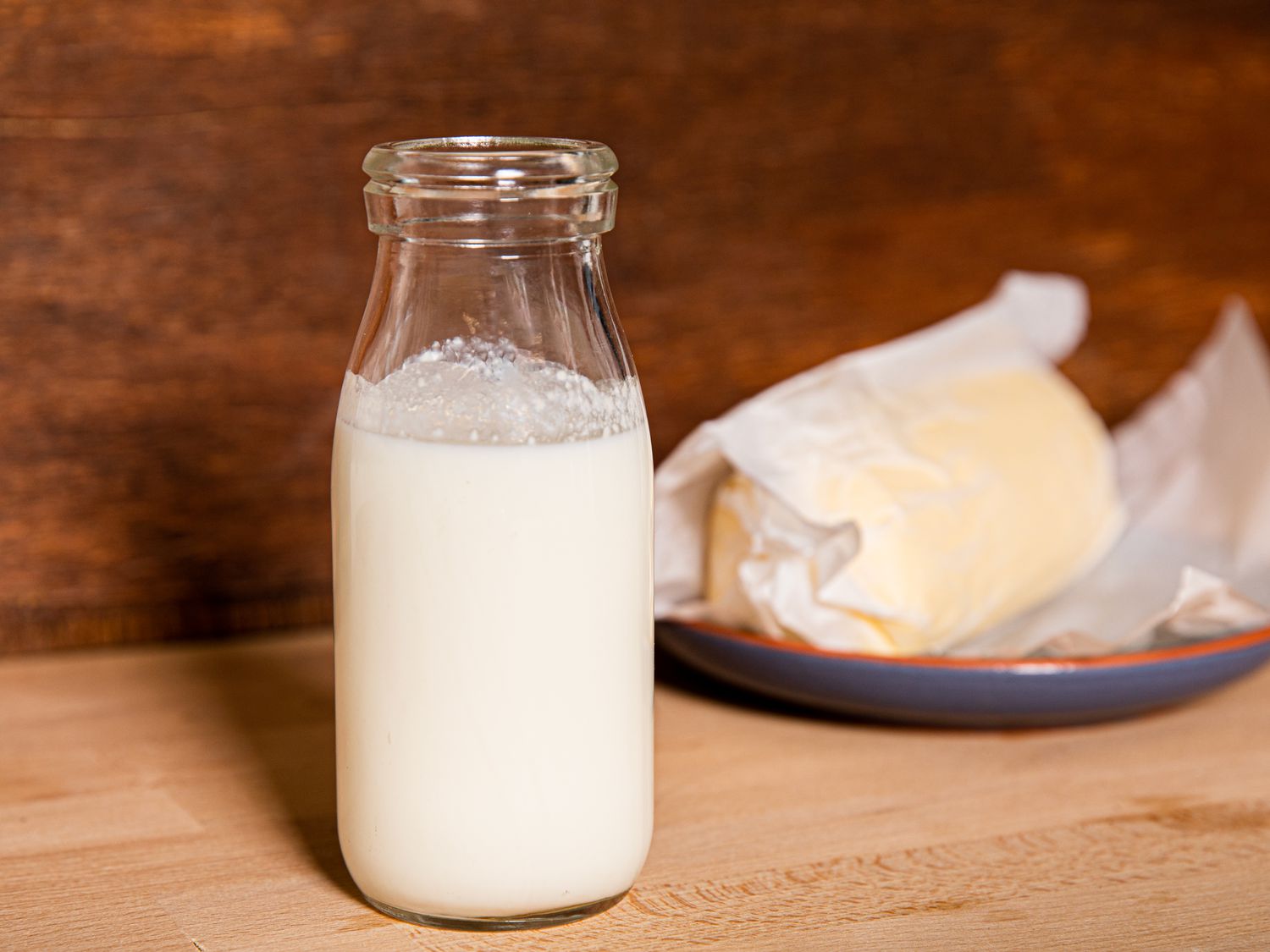

Articles
How To Store Buttermilk
Modified: February 26, 2024
Discover the best methods for storing buttermilk in our informative articles. Keep your buttermilk fresh and ready to use for all your baking and cooking needs.
(Many of the links in this article redirect to a specific reviewed product. Your purchase of these products through affiliate links helps to generate commission for Storables.com, at no extra cost. Learn more)
Introduction
Buttermilk is a versatile dairy product that is loved by many for its tangy flavor and creamy texture. Whether you use it in baking, cooking, or as a refreshing drink, having buttermilk on hand is always a good idea. However, since buttermilk has a relatively short shelf life, it’s important to know how to store it properly to keep it fresh for longer.
In this article, we will explore the benefits of buttermilk, the different methods of storing it, and some useful tips to ensure its longevity. Whether you have leftover buttermilk from a recipe or want to stock up on this delicious ingredient, read on to discover the best ways to store it.
Key Takeaways:
- Buttermilk offers numerous health benefits, including being rich in nutrients, probiotics, and protein. It’s also low in fat and supports cardiovascular health, making it a nutritious addition to any diet.
- Proper storage of buttermilk is essential for maintaining its freshness. Whether refrigerating or freezing, using airtight containers, avoiding strong odors, and checking expiration dates are key to preserving its quality.
Read more: How To Store Homemade Buttermilk
Benefits of Buttermilk
Buttermilk isn’t just a delicious and versatile ingredient; it also offers several health benefits. Here are some of the reasons why buttermilk should be a staple in your kitchen:
- Rich in nutrients: Buttermilk is packed with essential nutrients like calcium, potassium, phosphorus, and vitamins A and D. These nutrients are crucial for maintaining healthy bones, teeth, and overall bodily functions.
- Probiotics: Buttermilk contains beneficial bacteria called probiotics, which promote a healthy gut. These probiotics help improve digestion, boost the immune system, and prevent the growth of harmful bacteria in the digestive tract.
- Low in fat: Compared to whole milk, buttermilk is lower in fat content. It is a great option for those who are watching their calorie intake or trying to maintain a healthy weight.
- Hydration: Buttermilk is an excellent source of hydration, especially during hot summer months. It is loaded with electrolytes that help replenish fluids and maintain proper hydration levels in the body.
- Supports cardiovascular health: Regular consumption of buttermilk has been associated with improved cardiovascular health. Its high potassium content helps regulate blood pressure and reduce the risks of heart diseases.
- Great source of protein: Buttermilk is a good source of high-quality protein, making it an excellent choice for vegetarians and those looking to increase their protein intake.
These are just a few of the many benefits that buttermilk offers. Including it in your diet can be a nutritious and flavorful addition to your meals.
Selecting the Right Storage Container
When it comes to storing buttermilk, choosing the right container is key to preserving its freshness and flavor. Here are some tips for selecting the right storage container:
- Airtight container: Opt for an airtight container to prevent air from entering, which can cause the buttermilk to spoil quickly.
- Glass or plastic: Both glass and plastic containers can be used to store buttermilk. However, make sure they are food-grade and free from any strong odors or residues.
- Size: Choose a container that is the appropriate size for the amount of buttermilk you plan to store. It’s best to use a container with some headspace to allow for expansion if you’re freezing the buttermilk.
- Easy to clean: Select a container that is easy to clean and dishwasher-safe. This will ensure that your storage container is bacteria-free before storing the buttermilk.
By choosing the right storage container, you can maintain the quality and freshness of your buttermilk for an extended period.
Refrigerating Buttermilk
Refrigeration is the most common method of storing buttermilk, especially if you plan to use it within a week. Follow these steps to refrigerate your buttermilk:
- Check the expiration date: Before refrigerating the buttermilk, check the expiration date on the packaging. If the buttermilk is close to expiring, it’s best to use it immediately or consider freezing it for longer storage.
- Keep it sealed: Ensure the container is tightly sealed to prevent air and other odors from getting inside. This will help maintain the freshness and flavor of the buttermilk.
- Store it in the coldest part of the fridge: Place the container of buttermilk in the coldest part of your refrigerator, such as the lower shelf or the back of the fridge, where it will be less exposed to temperature fluctuations.
- Avoid storing near strong-smelling foods: Buttermilk can absorb strong odors from nearby foods, so try to keep it away from items like onions, garlic, or leftover fish to preserve its original taste.
- Use within a week: Unlike some dairy products, buttermilk has a relatively short shelf life even when refrigerated. Consume it within a week for optimal taste and quality.
Refrigerating buttermilk will help maintain its freshness and prevent spoilage, allowing you to enjoy it in various recipes.
Freezing Buttermilk
If you have more buttermilk than you can use within a week, or if you want to stock up on this ingredient for future use, freezing is a great option. Freezing buttermilk can extend its shelf life for up to three months. Follow these steps to freeze buttermilk properly:
- Check the quality: Before freezing, make sure the buttermilk is fresh and hasn’t exceeded its expiration date. It’s best to freeze buttermilk when it’s at its peak freshness.
- Transfer to a freezer-safe container: Pour the buttermilk into a freezer-safe container with some headspace to allow for expansion during freezing. You can also use ice cube trays or silicone molds if you want to portion it into smaller quantities.
- Label and date: Always label the container with the date of freezing to keep track of its freshness. This will help you use the oldest buttermilk first when you’re ready to thaw it.
- Freeze in a flat position: Place the container or tray with the buttermilk in the freezer in a flat position. This will help with faster freezing and easier storage.
- Thawing before use: When you’re ready to use the frozen buttermilk, transfer it to the refrigerator and let it thaw overnight. Avoid thawing at room temperature, as this can lead to the growth of bacteria.
- Note the texture change: It’s important to note that the texture of the thawed buttermilk may change slightly due to the separation of milk solids. However, this won’t affect its taste or usability when used in recipes.
By following these steps, you can freeze buttermilk and have it readily available whenever you need it, without the worry of it going to waste.
Store buttermilk in an airtight container in the refrigerator. It will last for up to 2 weeks, but for longer storage, freeze it in ice cube trays and transfer the frozen cubes to a freezer bag for up to 3 months.
Read more: How To Store Buttermilk Biscuits
Using Frozen Buttermilk
Frozen buttermilk can be used in a variety of recipes, just like fresh buttermilk. Here are some tips on using frozen buttermilk successfully:
- Baking: Frozen buttermilk works well in baking recipes like cakes, muffins, and biscuits. Thaw the buttermilk in the refrigerator overnight before using it in your recipe. If the recipe calls for room temperature buttermilk, you can gently warm it in a microwave or on the stovetop, but be sure to stir it well.
- Smoothies and shakes: Frozen buttermilk can be added to smoothies or shakes to add a tangy flavor and creamy texture. Simply blend the thawed buttermilk with your favorite fruits and other ingredients for a refreshing beverage.
- Sauces and dressings: Use thawed buttermilk to make creamy dressings, sauces, or marinades. Its tangy taste adds a delightful flavor to salad dressings, creamy pasta sauces, and so much more.
- Pancakes and waffles: Frozen buttermilk can be used to make fluffy pancakes or crispy waffles. Thaw it beforehand and replace the regular milk in your pancake or waffle recipe with the thawed buttermilk for a tangy twist.
- Buttermilk ice cream or popsicles: Get creative and use thawed buttermilk to make homemade ice cream or popsicles. Combine it with your favorite flavors and freeze according to your ice cream maker’s instructions.
Remember that the texture of the thawed buttermilk may change slightly due to separation, but this won’t affect the taste or quality of your recipes. Experiment with different recipes and discover new ways to use your frozen buttermilk.
Reviving Separated Buttermilk
It’s not uncommon for buttermilk to separate into liquid and solids when left sitting for a while or during the freezing and thawing process. If you’re working with separated buttermilk, here are a few simple steps to revive it:
- Gently shake or stir: Start by giving the separated buttermilk a gentle shake or stir. This will help redistribute the liquid and solids, bringing them back together.
- Whisk it: If the shaking or stirring doesn’t fully reincorporate the liquid and solids, use a whisk to vigorously whisk the buttermilk. This will help break up any clumps and blend everything back together.
- Strain the solids: If there are still visible solids remaining after whisking, you can strain the buttermilk through a fine-mesh sieve or cheesecloth to remove them. This step is optional and can be done if you prefer a smoother texture.
- Blend it: Another method to revive separated buttermilk is to use a blender or immersion blender. This will help thoroughly blend the liquid and solids together, resulting in a smooth consistency.
By following these steps, you can successfully revive separated buttermilk and restore its original texture and consistency. Keep in mind that the revived buttermilk might have a slightly different texture compared to fresh buttermilk, but it will still work well in recipes.
Tips for Storing Buttermilk
Proper storage is crucial to maintain the freshness and quality of buttermilk. Here are some useful tips to ensure your buttermilk stays fresh for as long as possible:
- Check the expiration date: Always check the expiration date before purchasing or storing buttermilk. Using it before the expiration date ensures optimal freshness and taste.
- Store in the coldest part of the refrigerator: Place the buttermilk in the coldest part of your refrigerator, such as the lower shelf or the back, as these areas experience the least temperature fluctuations.
- Avoid temperature changes: Buttermilk is sensitive to temperature changes. Avoid leaving it out on the counter for an extended time, as it can lead to spoilage.
- Keep it sealed tightly: Always make sure the container is tightly sealed to prevent air and other odors from getting inside. This will help retain the flavor and freshness of the buttermilk.
- Store away from strong-smelling foods: Buttermilk can absorb odors from other strong-smelling foods in the refrigerator. Keep it away from items like onions, garlic, or strong cheeses to avoid any flavor contamination.
- Use clean utensils: When scooping out buttermilk, use clean utensils or pour it directly from the container. Avoid using dirty or used utensils, as they can introduce bacteria and contaminate the buttermilk.
- Portion and freeze excess buttermilk: If you anticipate not using all the buttermilk before its expiration date, consider portioning and freezing the excess. This will help extend its shelf life for future use.
- Thaw frozen buttermilk in the refrigerator: When thawing frozen buttermilk, do so in the refrigerator overnight. This ensures a slow thawing process and maintains the quality of the buttermilk.
- Use thawed buttermilk promptly: Once buttermilk is thawed, it should be used within a few days to maintain its flavor and freshness.
By following these tips, you can ensure that your buttermilk stays fresh and delicious for longer periods, allowing you to enjoy it in various recipes and beverages.
Conclusion
Properly storing buttermilk ensures that you can enjoy its tangy taste and creamy texture in various recipes. Whether you choose to refrigerate or freeze buttermilk, following the right methods will help prolong its shelf life and maintain its quality.
Refrigeration is a simple and convenient method for storing buttermilk, especially if you plan to use it within a week. Make sure to keep it in an airtight container, away from strong-smelling foods, and in the coldest part of your refrigerator. Remember to use it before the expiration date for the best taste.
Freezing buttermilk is a great option if you have excess or want to stock up. Use freezer-safe containers or portion it into smaller quantities for easy thawing. When thawing frozen buttermilk, do so in the refrigerator overnight and use it promptly.
If you encounter separated buttermilk, there are simple techniques to revive it by shaking, stirring, whisking, or blending until it’s well incorporated again. The texture may change slightly, but it will not affect its usability in recipes.
Finally, remember to check the expiration date, use clean utensils, and avoid temperature changes to keep your buttermilk fresh and delicious for as long as possible.
With these storage tips and techniques, you can enjoy the versatility of buttermilk and incorporate it into a variety of dishes, from baked goods to savory sauces. So, stock up on buttermilk and store it correctly to enhance your culinary creations and enjoy the tangy goodness whenever you need it.
Frequently Asked Questions about How To Store Buttermilk
Was this page helpful?
At Storables.com, we guarantee accurate and reliable information. Our content, validated by Expert Board Contributors, is crafted following stringent Editorial Policies. We're committed to providing you with well-researched, expert-backed insights for all your informational needs.
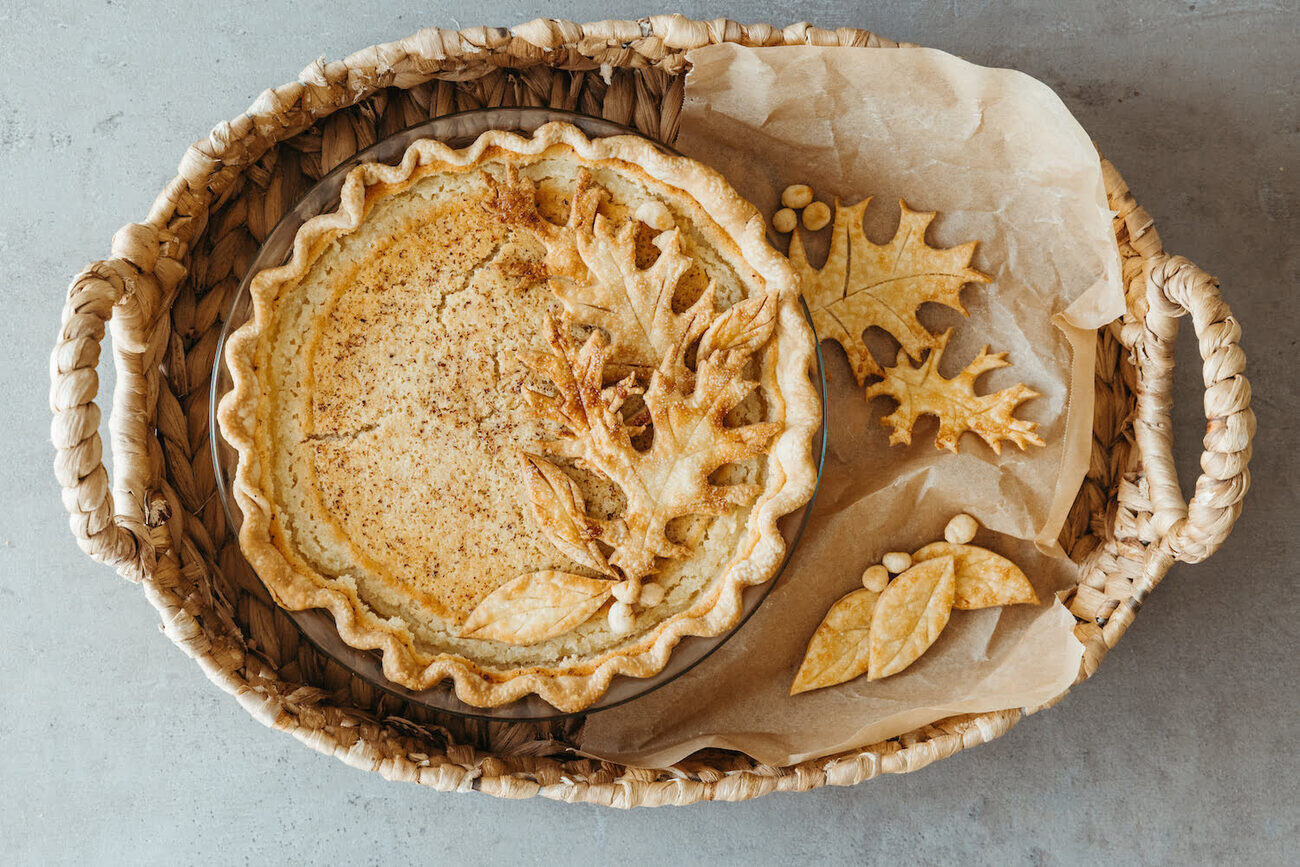




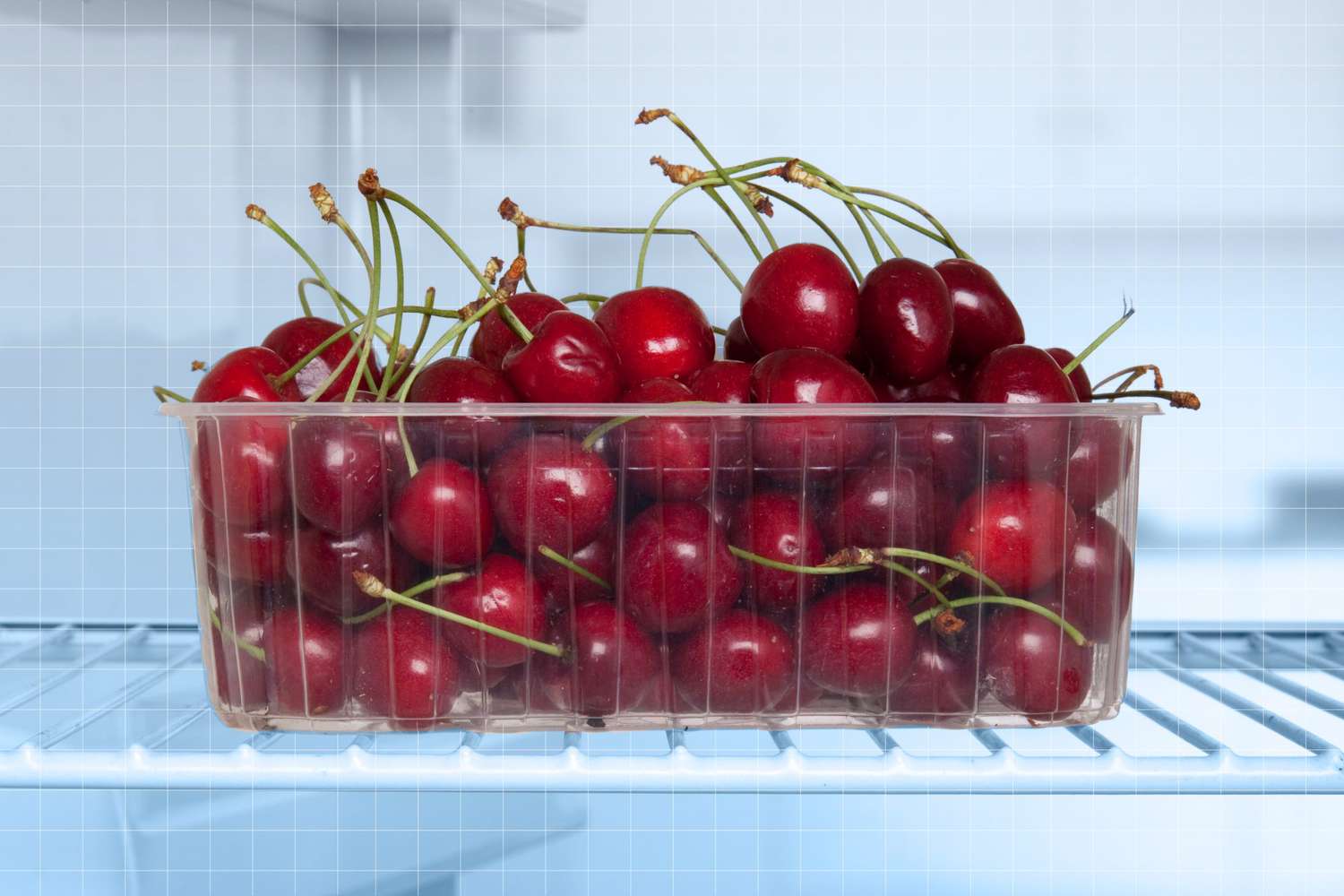

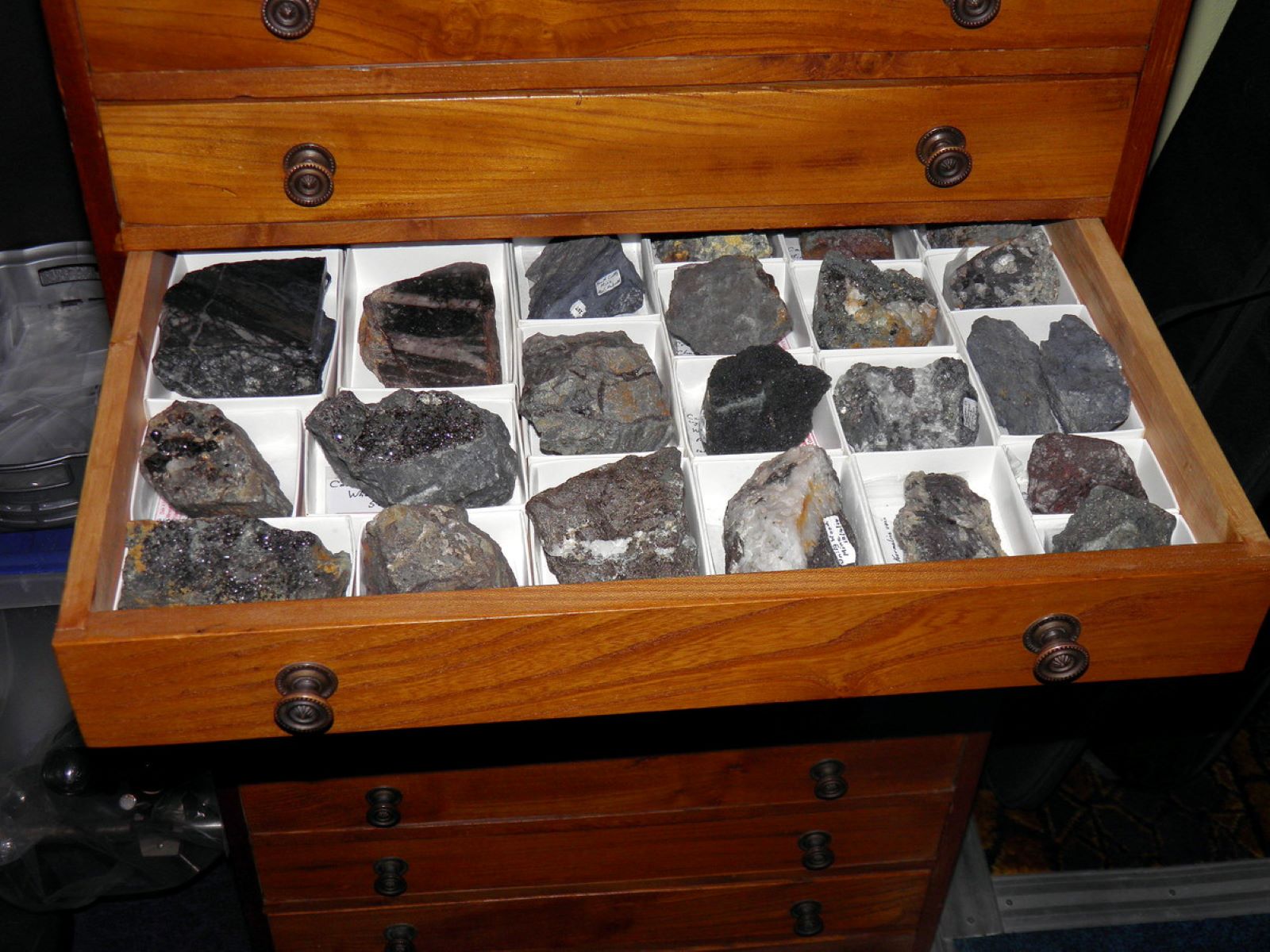



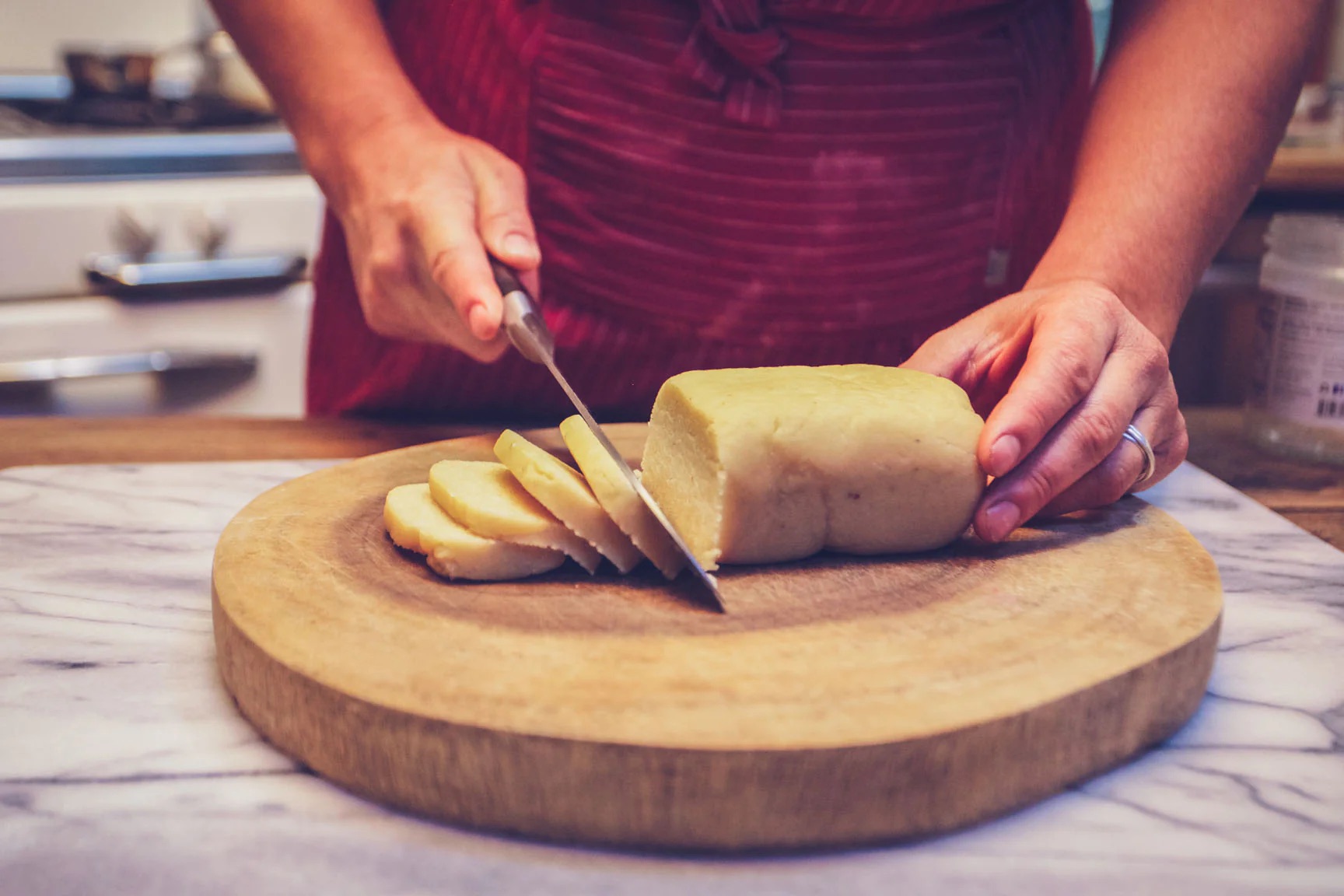

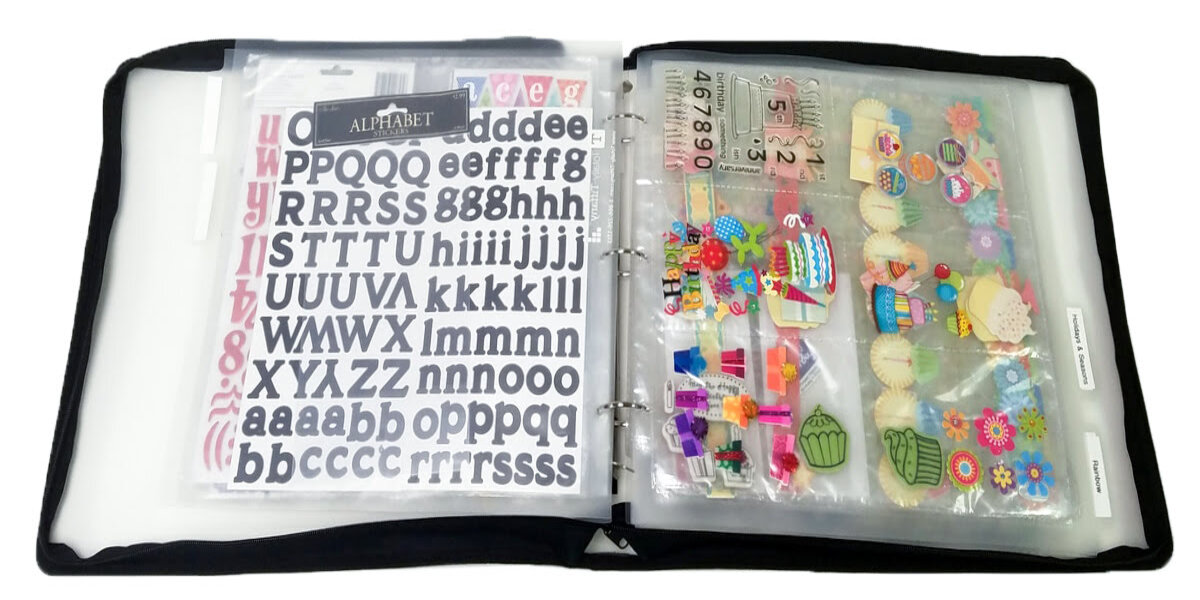

0 thoughts on “How To Store Buttermilk”